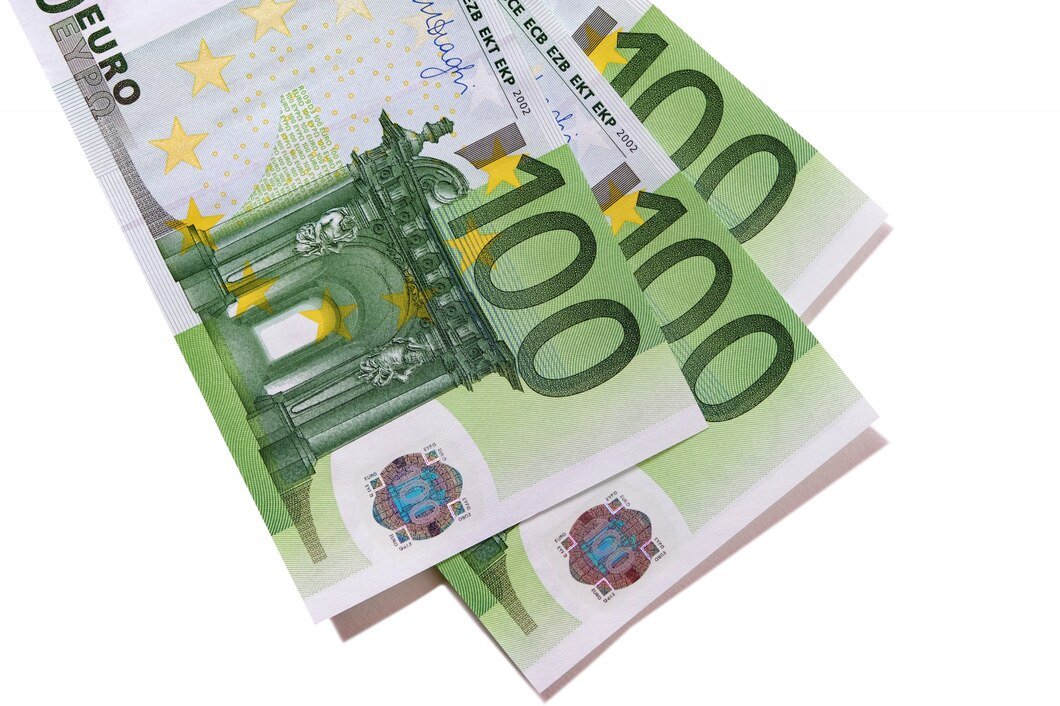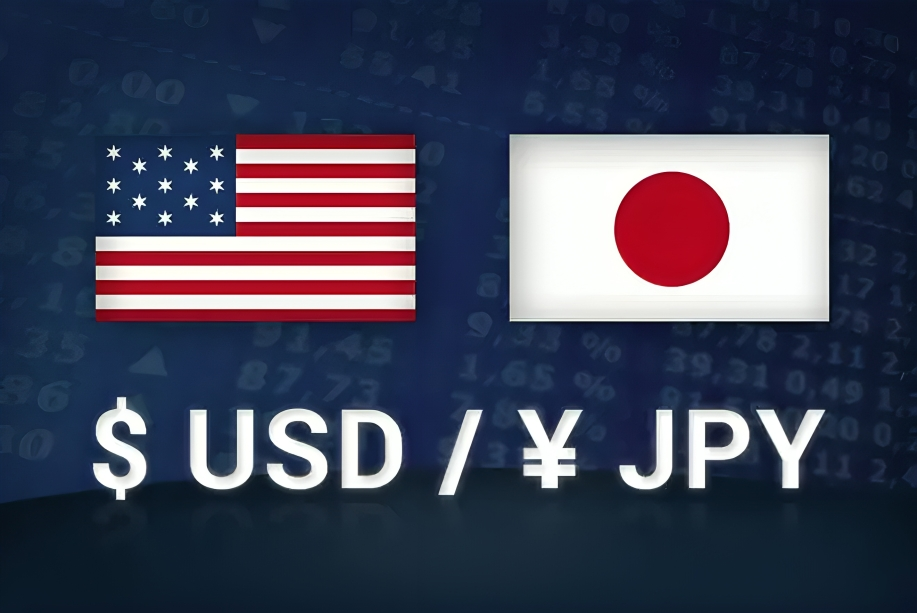EUR/USD is robust above 1.0800, approaching a four-month high as the US Dollar dips with declining Treasury yields and increased hopes of aggressive Fed rate cuts. The European Central Bank (ECB) lowered interest rates for the fifth time in a row, with President Christine Lagarde cautioning against downside risks to economic growth. In the meantime, US employment data indicated a drop in Initial Jobless Claims, while Non-Farm Payrolls (NFP) are likely to indicate a modest recovery in job additions. Global trade tensions continue, with Canada postponing tariffs on US imports and President Trump exempting Mexico and Canada from his planned duties. In spite of market expectations for additional rate cuts, sustained US and EU inflation continues to hamper central banks’ flexibility to ease monetary policy aggressively.
KEY LOOKOUTS
• The market is poised for aggressive Fed rate cuts, but sustained US inflation may reduce the Fed’s flexibility to loosen monetary policy.
• The fifth straight rate cut by the ECB indicates worries over economic stability, with President Lagarde warning of risks to growth on the downside.
• Beating jobless claims numbers and a projected NFP bounce back may impact the strength of USD and affect EUR/USD prices.
• Uncertainty created by Canada’s retaliatory tariffs and President Trump’s trade policy can impact market mood and risk appetite.

EUR/USD remains trading at four-month highs as US Dollar weakness gains momentum following hopes of drastic Fed rate reductions. Still, the fact that both US and EU experience stubborn inflation might keep central banks from further relaxing monetary policy. The fifth successive ECB rate reduction confirms economic stability fears, as President Christine Lagarde has already signaled concerns over risks to growth. Meanwhile, US job data, including lower-than-expected jobless claims and a projected NFP rebound, adds to market uncertainty. Additionally, global trade tensions remain a key factor, with Canada postponing tariffs and President Trump’s exemption of Mexican and Canadian goods under the USMCA shaping investor sentiment.
EUR/USD stays close to four-month highs as the US Dollar loses strength in anticipation of higher Fed rate cuts. The ECB’s fifth straight rate cut reflects economic worries, while sustained inflation caps further policy relaxation. International trade tensions and US employment data continue to dominate markets.
• The pair remains firm above 1.0800 as supported by a softer US Dollar.
• Markets are expecting aggressive Fed rate cuts, but sustained inflation could cap policy relaxation.
• The ECB reduced rates for the fifth straight time, pointing to economic worries.
• ECB Chief Christine Lagarde warned that threats to economic growth are still biased to the downside.
• Initial Unemployment Claims fell, with NFP set to report a small rebound in job growth.
• Canada delayed imposing tariffs on US imports, while Trump excluded Mexico and Canada from his suggested tariffs.
• Traders balance international trade policies, economic statistics, and inflation trends to determine the next EUR/USD direction.
The EUR/USD currency pair is still the point of focus for international markets with economic policies and trade news dictating investor opinions. The latest move by the European Central Bank to lower interest rates was driven by fear over economic stability, with President Christine Lagarde pointing out the threats of diminished growth. At the same time, in the US, monetary policy debate continues to be focused on the Federal Reserve’s strategy in addressing inflation and economic growth. The policymakers continue to weigh the extent to which global uncertainties, such as trade tensions and employment trends, could shape future actions.
EUR/USD Daily Price Chart

Chart Source: TradingView
Apart from monetary policy, geopolitical developments and international trade agreements have an important influence on market confidence. Canada’s postponement of tariffs on US products and President Trump’s exclusion of Mexican and Canadian products from planned duties reflect the intricacies of international trade relations. While countries grapple with these issues, companies and investors continue to look at long-term plans for stability and expansion. Economic changes, regulatory reforms, and global cooperation will be the determining factors in the financial environment over the next few months.

TECHNICAL ANALYSIS
EUR/USD remains trading above the 1.0800 level, with bullish pressure close to its four-month highs. The pair’s action indicates solid support at 1.0780, while resistance is still at 1.0850, the March 7 high. Technical indicators like the Relative Strength Index (RSI) indicate that the pair is trading in a neutral-to-overbought range, which can signal consolidation or a breakout attempt. Moving averages indicate ongoing upward momentum, with the 50-day and 200-day EMAs concurring in a bullish crossover. But a resolute break above 1.0850 may set the stage for additional advances, while a fall below 1.0780 may portend a near-term pullback.
FORECAST
As long as market sentiment remains positive towards risk assets and the US Dollar continues to decline on expectations of aggressive Fed rate cuts, EUR/USD may continue its rally. A sustained break above the 1.0850 resistance level may set the stage for additional gains, potentially towards the 1.0900-1.0950 area. Moreover, if the European Central Bank indicates a solid economic outlook in spite of recent rate cuts, optimism about the Euro may increase, which will help sustain bullish momentum.
Conversely, if inflationary pressures in the US continue to push the Federal Reserve to be more conservative in rate cuts, the US Dollar may strengthen, putting pressure on EUR/USD lower. A fall below the critical support level of 1.0780 may lead to a pullback to 1.0720 or even 1.0680. Furthermore, geopolitical tensions, trade wars, or poorer-than-anticipated economic reports from the Eurozone may put downward pressure on the Euro and make it more probable for a downward revision in the pair.







